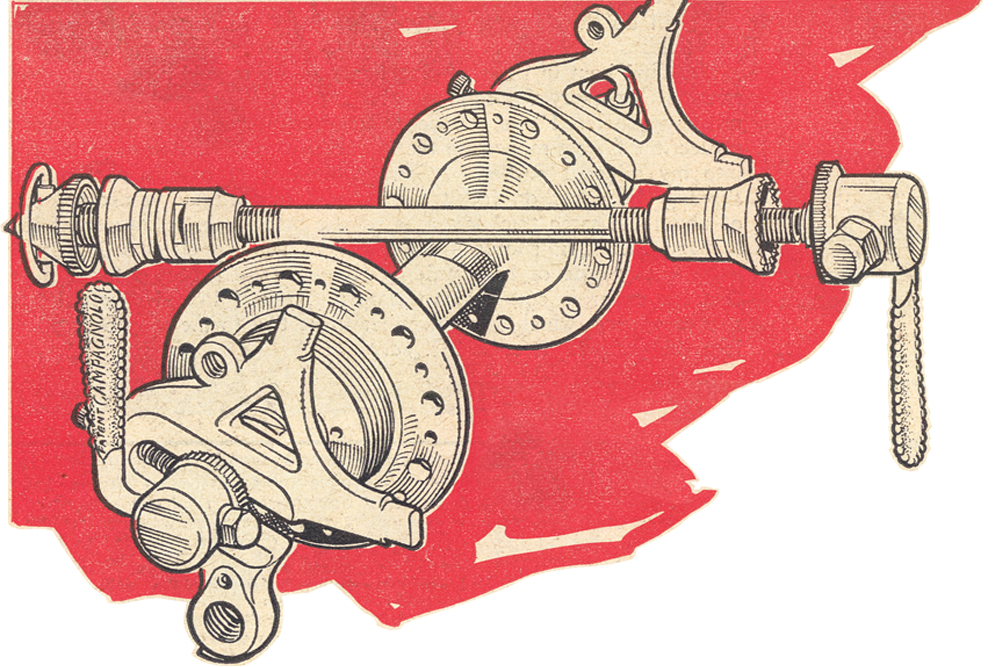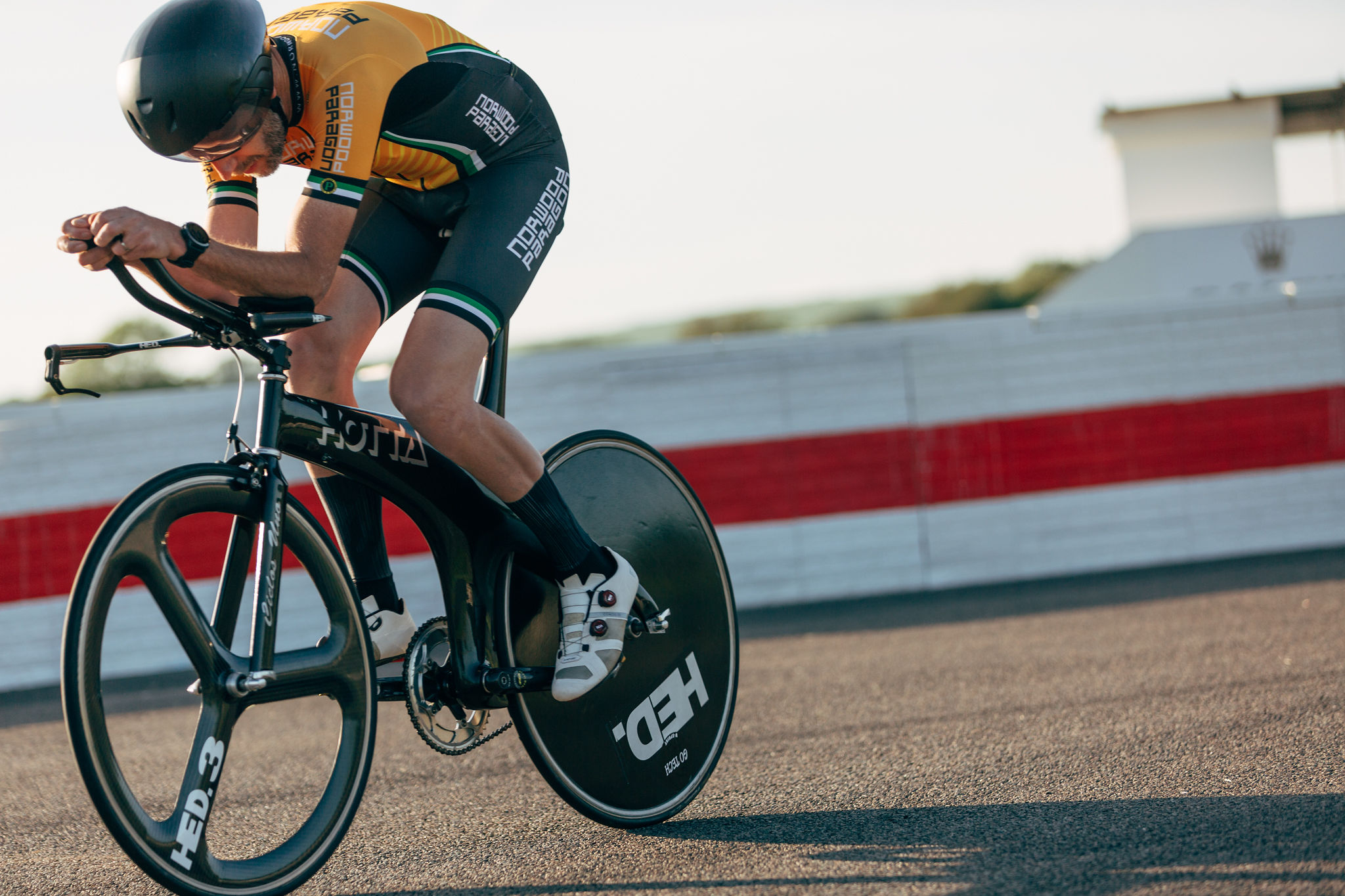Icons of cycling: Campagnolo Record hub
We chart how one Italian’s misfortune fuelled a slew of cycling innovations that led to a stunning hub adored by the pros


Campag’s Record hub: often imitated, seldom bettered. Image: Cycling Weekly Archive
It’s only right the inventor of the quick-release mechanism should go on to produce the very best hubs — not only unmatched in quality of materials and build, but also up there with the most beautiful cycling components ever made.
The story of how Tullio Campagnolo dreamed up the quick-release is a familiar one: on the snowy Croce d’Aune pass during the 1927 Gran Premio della Vittoria, the Italian wanted to flip his rear wheel to change sprockets, but his fingers were too numb to undo the wing nuts that held it in place.
The legend goes that he resolved on the spot to create a better system.
>>> Icons of cycling: Shimano Dura-Ace 7800
It wasn’t the thin air playing tricks on his rational mind: back down at sea level in Vicenza, Campagnolo patented the quick-release hub with hollow axle, skewer and cam lever clamp — still the universal wheel retention system for road racing bikes — and by 1933 was producing them via his own business, Campagnolo Srl.
Productivity pays off
For the next two decades Campagnolo was extraordinarily prolific, improving on virtually every existing bicycle component. He was rewarded in 1951 by a Tour de France win for Hugo Koblet using the new Campagnolo Gran Sport derailleur.
However, 1958 was the year when the iconic Record hub was launched.
The latest race content, interviews, features, reviews and expert buying guides, direct to your inbox!
The new model had a forged aluminium body, it was lighter and prettier than the previous steel barrel and was an instant hit.
>>> Icons of cycling: Campagnolo Shamal wheels
There were large and small-flange versions, both issued with the straight Campagnolo quick-release lever, and a track model.
They looked absolutely stunning with their mirror-polished finish. It was possible to tell just by looking at them that they were far superior to any other hub available at the time.
It was more than the sunlight bouncing off them — they appeared to radiate quality and exclusivity, and were the only serious choice at professional level.
>>> Six things no one ever told you about Shimano Di2
The excellence of the Record hubs was demonstrated by their longevity, both in terms of their durability — their bearings and surfaces were of supreme hardness and they were of course completely rebuildable — and the number of years during which their design remained unchanged.
From the late 1970s Campagnolo was obliged to make the QR lever curved instead of straight, due to consumer safety concerns in the USA, but apart from gaining the name ‘Record’ stamped into it, the hub was produced and ridden with love until 1985, when C-Record was launched.
Shift smoothly every time
The new C-Record flange had five bigger cut-outs that formed a star shape around the axle. It was certainly distinctive, like the rest of the C-Record group, but lacked the timeless, classic look of the original Record model.
But by this point the original hub had been so closely copied that in some cases it was hardly possible at a glance to distinguish between Record hubs and copies, such as the French Normandy hubs.
As they say, imitation is the sincerest form of flattery.
Simon Smythe is a hugely experienced cycling tech writer, who has been writing for Cycling Weekly since 2003. Until recently he was our senior tech writer. In his cycling career Simon has mostly focused on time trialling with a national medal, a few open wins and his club's 30-mile record in his palmares. These days he spends most of his time testing road bikes, or on a tandem doing the school run with his younger son.
